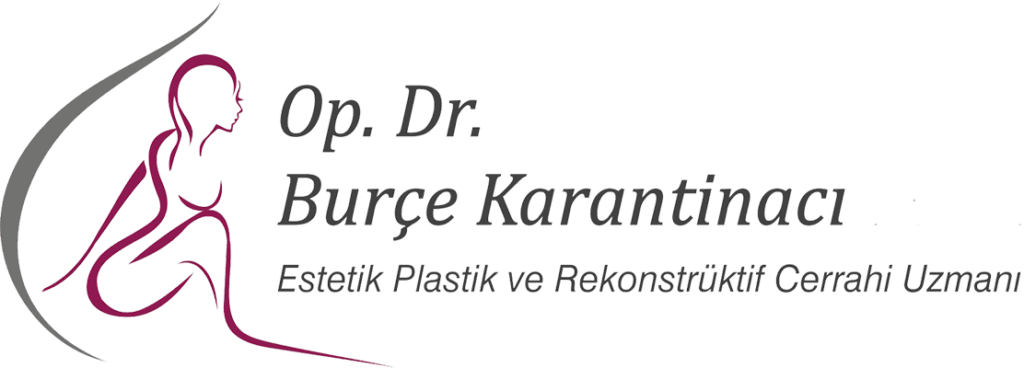Rhinoplasty (aesthetic nose surgery) is the reshaping of the nose with a surgical intervention. With the help of this surgery, the size of your nose can be reduced or increased, the shape of your nose tip or bridge can be changed, the nostrils can be narrowed or the angle between the nose and the upper lip can be changed. Bone protrusions on the back of the nose can be corrected by removing them.
During the same surgery, developmental or impact-induced deviations that cause nasal obstruction or nasal concha can be reduced and narrowness in the roof of the nose can be corrected. Aesthetic nose surgeries in which nasal congestion is also corrected are called aesthetic and functional nose surgery (septorhinoplasty).
Best Candidates for Rhinoplasty
Before having plastic surgery, you need to think very well about your expectations and share them with your doctor. It is recommended that the person be over the age of 16 for the surgery. It is very important for the candidates who will have rhinoplasty to be determined about the surgery. It should be taken into account that there may be difficulties in the recovery process after the surgery.
Surgery
Rhinoplasty usually takes 1-1.5 hours, in some cases this time may be longer. During the surgery, the skin of the nose is separated from the underlying cartilage and bone tissues and then brought into the desired shape.
Shaping depends on the patient’s problem and the technique chosen by the surgeon. Two different techniques are applied, namely Open and Closed Techniques.
In the closed technique, all the incisions are hidden inside the nose, and in the open technique, an additional incision is made in the anterior part of the middle part of the nose, which heals without leaving a trace. Since all the nasal cartilages and bones become visible in the open technique, the problems are better identified and the necessary applications are performed more easily.
However; There is always a risk of complications such as infection, nosebleeds, and reaction to anesthesia. You can reduce the likelihood of these risks by following your surgeon’s pre- and post-operative recommendations. Minor bleeding after surgery will be seen as red dots under the skin; If the open technique is used or the wide nostrils need to be narrowed, only a small scar may remain at the base of the nose between the upper lip and the nose.
Postoperative
You will sleep with a tampon that will remain in the nose for a day or two after the surgery. If you feel swollen in the first 24 hours, your nose may ache and you may have a severe headache. You can overcome these ailments with the appropriate medicines given by your doctor. Spend your first day in bed with your head slightly elevated (excluding going to the bathroom). Post-operative bruising and swelling are less common compared to the old techniques. While your tissues are healing, you should protect your nose from blows for a week. Applying cold pads reduces swelling and makes you feel better. Swelling and bruising pass within 7-10 days. You may also feel sluggish for a few weeks. Your nasal packings will be removed in a few days and you will feel more comfortable.
Returning to Normal
Many rhinoplasty patients start their routine work within a week. After the splint is removed on the 7th day, it may take several weeks for complete normalization.
HOW WE ARE PROGRESSING
Preliminary interview
After the preliminary meeting, we arrange an appointment for the procedure you want.
Examination
During your appointment, we inform you in detail and determine the time for the procedure.
Performing the Operation
Completion of the operation and post-operative check-ups


 TR
TR